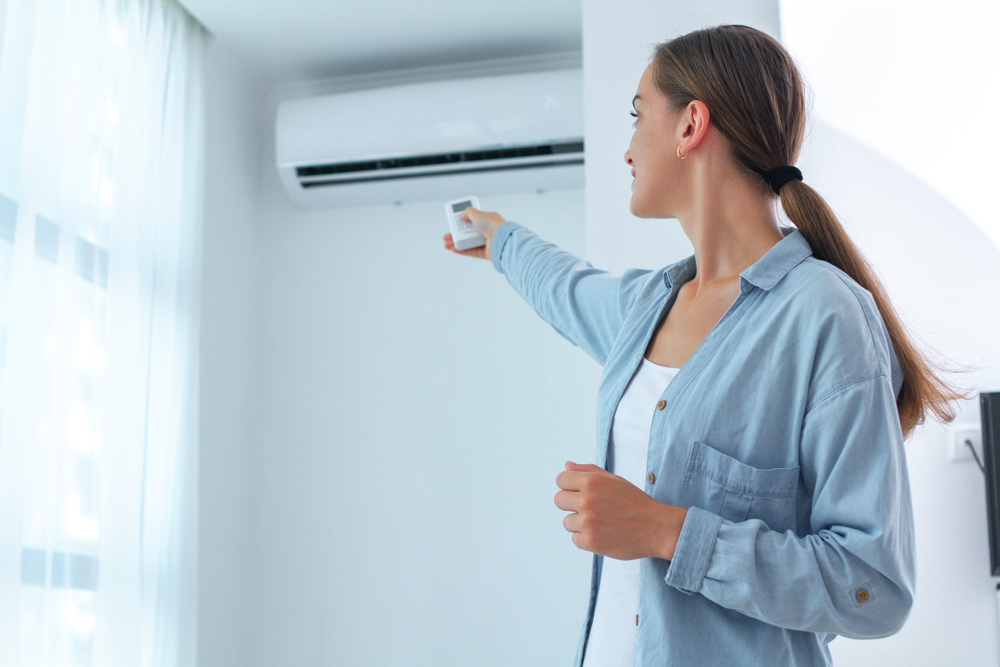
As summer temperatures rise in Ruston, Louisiana, staying cool becomes a priority. With the humidity and intense heat typical of the region, keeping your home comfortable can quickly lead to higher energy bills. However, there are several strategies you can use to ensure your home stays cool while keeping your energy costs in check. From understanding your HVAC system better to utilizing natural methods, there are many ways to maintain a comfortable temperature indoors without breaking the bank. In this guide, we’ll explore practical solutions that can help you achieve energy-efficient cooling, keep your home cool in the summer, and save on electricity costs.
Understanding Your HVAC System
The first step to maintaining a cool home in Ruston without skyrocketing energy bills is to ensure your HVAC system is operating efficiently. An HVAC system that isn’t functioning at peak performance can lead to increased energy consumption. Ruston’s hot and humid summer climate places a significant strain on your air conditioning system, so it’s essential to have it well-maintained to handle the workload.
One of the most important HVAC tips for summer is regular HVAC maintenance. Have your system serviced by a professional at least once a year, ideally before the summer heat sets in. A technician will check for issues like refrigerant levels, inspect the ducts, and clean the filters. Clogged filters can restrict airflow, making your system work harder, which leads to higher energy usage. If you’re unsure when the last service was performed, it’s best to schedule a tune-up to ensure everything is in good condition.
Another important consideration is ensuring that your HVAC system is appropriately sized for your home. A system that’s too small will have to run longer to cool your space, while an oversized unit will cycle on and off too frequently, both of which can increase energy consumption. If you’re building a new home or considering upgrading your HVAC system, it’s essential to consult with a professional to determine the right size for your needs.
Harnessing Natural Cooling Methods
While an HVAC system is an excellent tool for keeping your home cool, you can also rely on natural cooling methods to reduce the need for air conditioning. These techniques can help you achieve energy-efficient cooling and take the load off your HVAC system, ultimately saving you money. One of the simplest ways to cool your home naturally is by taking advantage of cross-ventilation.
Cross-ventilation involves creating a flow of air through your home by opening windows on opposite sides of the house. By allowing the outdoor air to flow through the interior, you can significantly reduce indoor temperatures without using any electricity. For this method to work effectively, it’s best to open windows early in the morning or late in the evening when outdoor temperatures are cooler. Make sure to close the windows during the day to prevent hot air from entering.
In addition to cross-ventilation, you can block out the sun’s heat by using shades, curtains, or blinds during the hottest part of the day. Solar heat gain through windows can raise indoor temperatures by several degrees, forcing your HVAC system to work harder to cool the space. Installing reflective window films or using thermal curtains can help prevent heat from entering while still allowing natural light to filter through. This strategy can be especially effective if you have large windows or east- and west-facing exposures that receive direct sunlight.
Insulating Your Home Properly
Proper insulation is one of the best ways to keep your home cool in the summer and warm in the winter, reducing the need for constant cooling or heating. In a place like Ruston, where summers can be brutal, it’s especially important to ensure that your home is well-insulated. Without sufficient insulation, hot air can seep into your home, causing your HVAC system to work overtime.
Start by checking your attic insulation, as heat rises and can accumulate in the upper parts of your home. If your attic is poorly insulated, you may be allowing heat to flow into your living spaces, making it harder to maintain a cool temperature. Adding or upgrading insulation in your attic can help prevent heat from entering your home, which will reduce your reliance on air conditioning.
Additionally, sealing gaps and cracks around doors, windows, and walls is crucial in preventing hot air from entering. Even small openings can lead to a significant increase in your cooling costs. Weatherstripping around windows and doors and using caulk to seal any visible cracks will keep the cool air inside and the hot air outside. Consider upgrading your insulation if your home is older or if you notice significant temperature fluctuations between rooms.
Energy-Efficient Cooling Appliances
While your HVAC system is essential for cooling your home, there are other appliances and gadgets that can help keep your space comfortable without the hefty energy bills. One of the most efficient cooling devices you can invest in is a ceiling fan. Ceiling fans circulate air and can make a room feel several degrees cooler. By using fans in conjunction with your air conditioning, you can raise the thermostat by a few degrees and still feel comfortable.
Box fans and tower fans are also useful tools that consume far less energy than an air conditioner. Consider placing fans in rooms where you spend the most time, such as the living room or bedroom, to create a breeze and cool down the air. Another great option is the use of a portable air conditioner for small areas. These units use less energy than a central AC system, and you can move them from room to room as needed, ensuring that you’re only cooling the areas that you use the most.
Another option to consider is installing a smart thermostat. A smart thermostat allows you to control the temperature of your home remotely, adjusting settings when you’re not at home or when you’re sleeping. This level of control ensures that your HVAC system is only working when necessary, avoiding wasted energy. Additionally, many smart thermostats learn your preferences and automatically adjust the temperature to optimize energy usage.
Landscaping to Improve Home Cooling
Landscaping isn’t just about curb appeal—it can also play a crucial role in reducing your home’s cooling costs. Strategic planting can provide shade and reduce the amount of heat absorbed by your home. Planting trees or shrubs around your house, especially on the west and south sides where the sun is most intense, can significantly lower the temperature of your home’s exterior and reduce the need for air conditioning.
For the best results, choose trees with broad, dense canopies that can block out sunlight. Deciduous trees, which lose their leaves in the winter, are especially beneficial because they provide shade in the summer while allowing sunlight to warm your home in the colder months. If you live in an area with limited space for large trees, consider using trellises with climbing plants or installing shade sails over patios or windows.
In addition to shading your home, you can also improve cooling by using light-colored roofing materials or reflective coatings. Dark roofs absorb heat, which can increase indoor temperatures, while lighter-colored roofs reflect heat, keeping your home cooler. If a roof replacement is in the works, consider opting for a reflective coating or energy-efficient materials to minimize heat absorption.
By implementing these landscaping strategies, you can create a cooler outdoor environment that also benefits your home’s interior temperature.
Conclusion
Keeping your home cool in Ruston, LA, without soaring energy bills doesn’t have to be a difficult task. By focusing on energy-efficient cooling strategies, regular HVAC maintenance, natural ventilation, and proper insulation, you can significantly reduce your cooling costs while staying comfortable. From using ceiling fans and portable air conditioners to making small adjustments like installing window coverings and planting shade trees, there are many ways to keep your home cool and your energy bills low. With the right combination of methods, you’ll be able to enjoy the summer heat without worrying about excessive energy consumption. By being proactive and thoughtful in your approach to home cooling, you can strike the perfect balance between comfort and savings.
